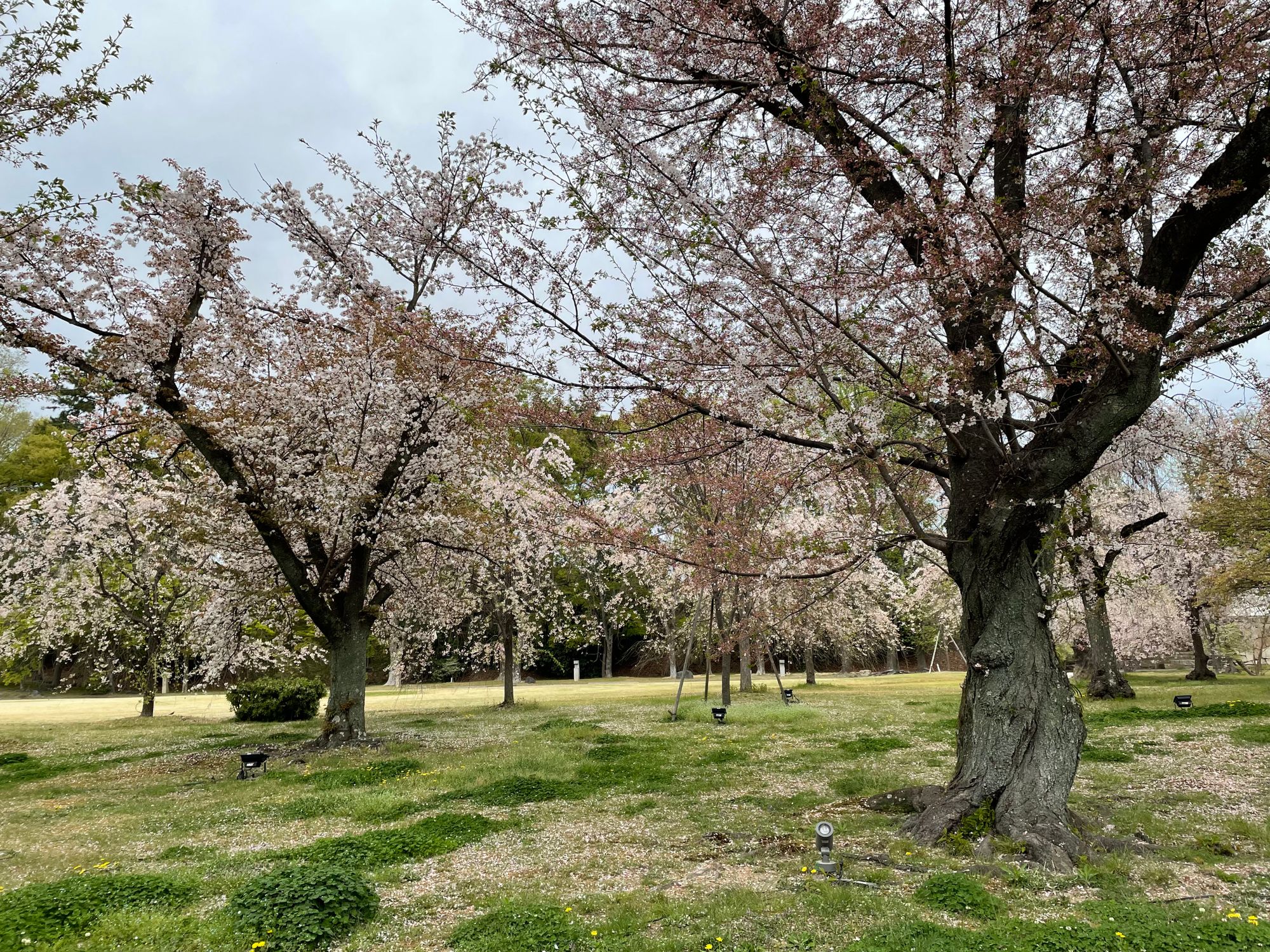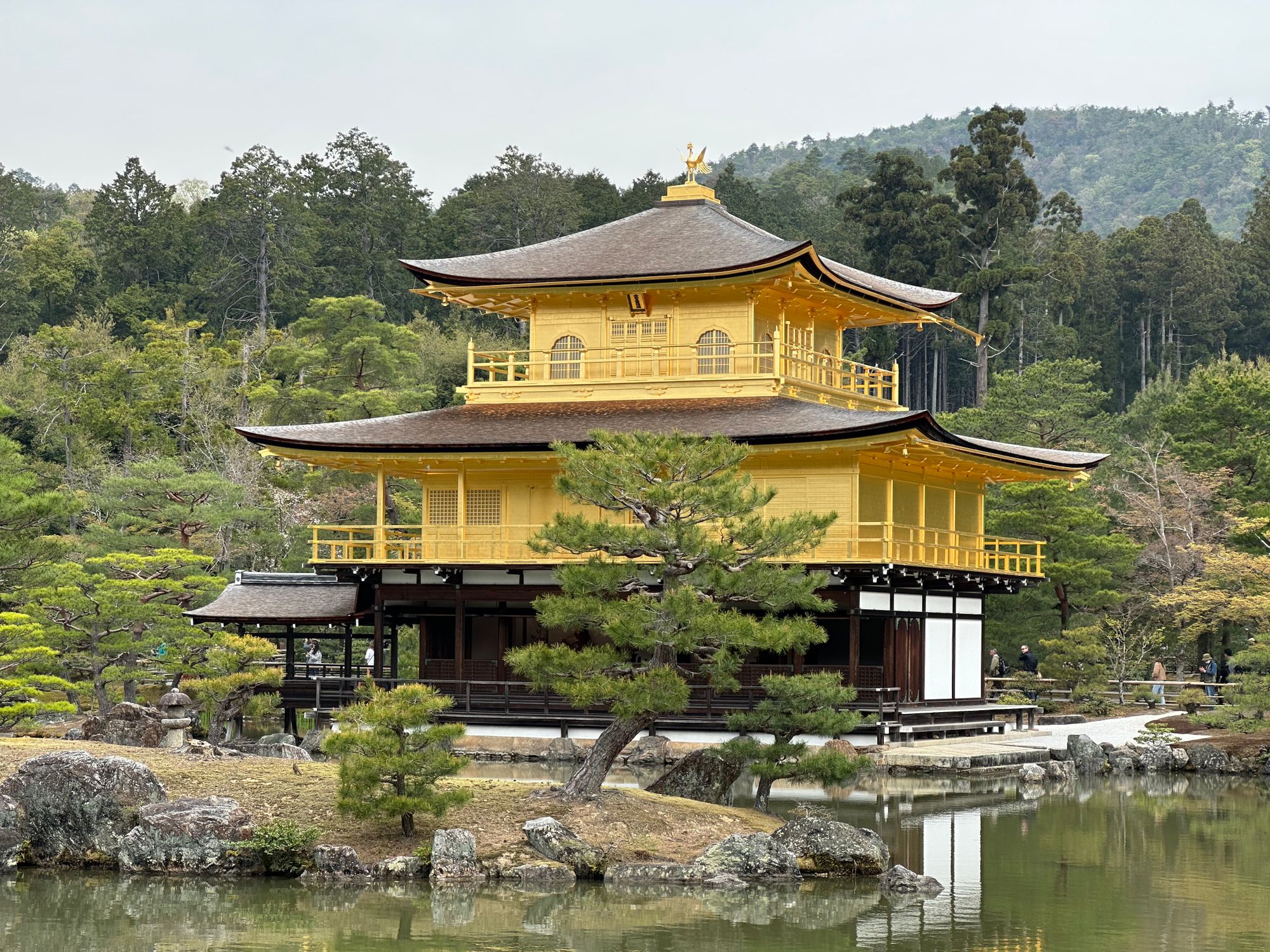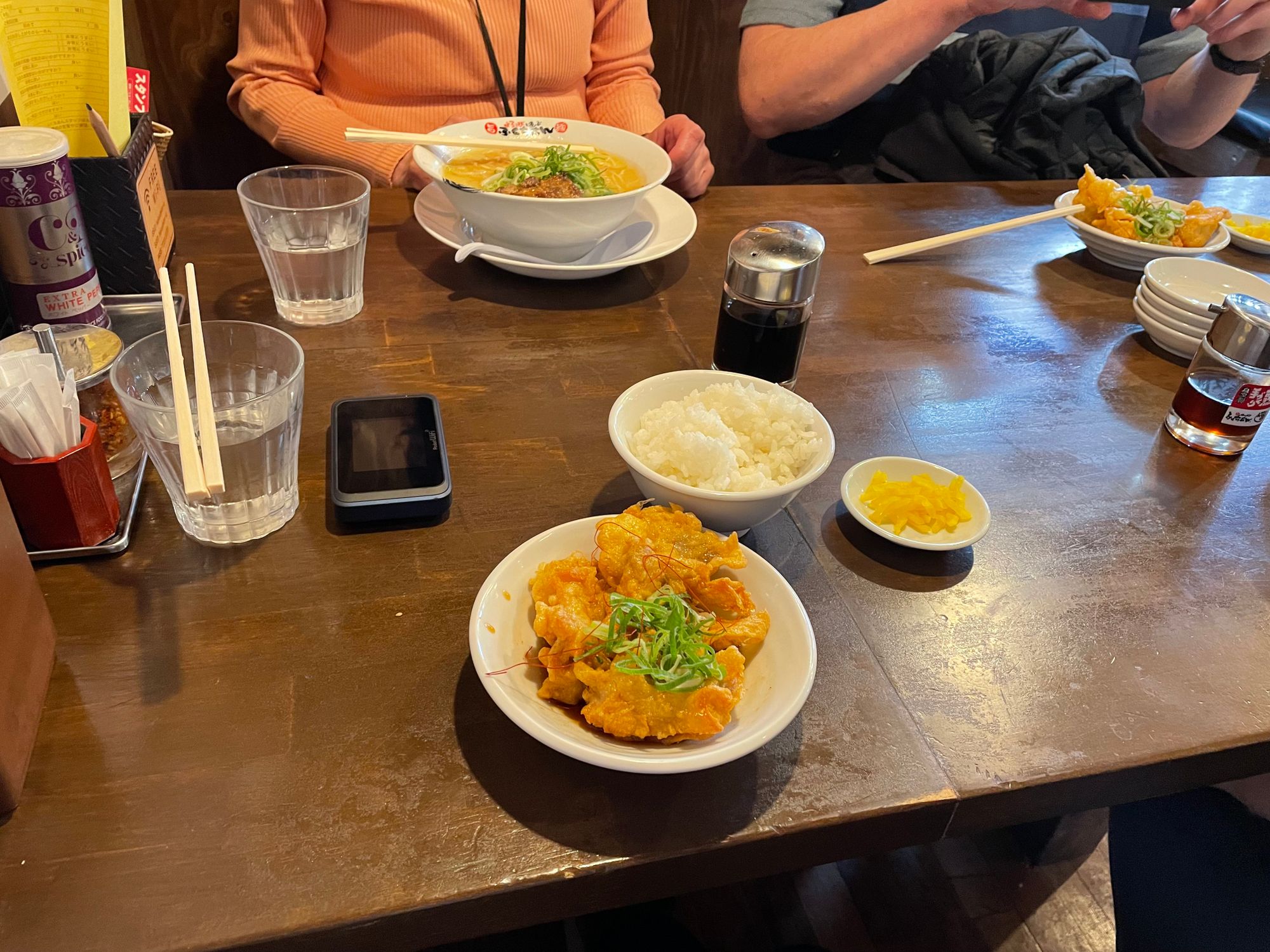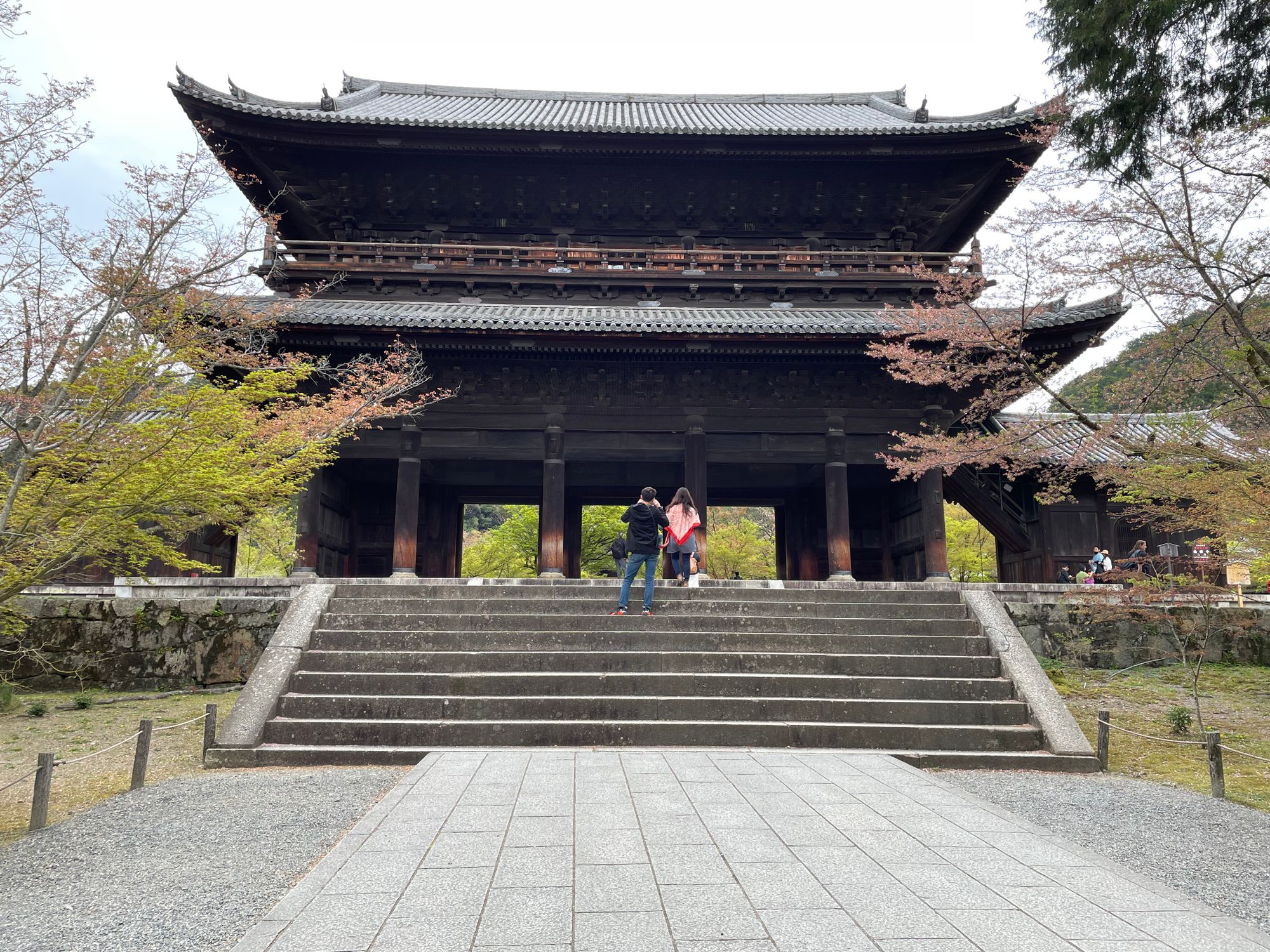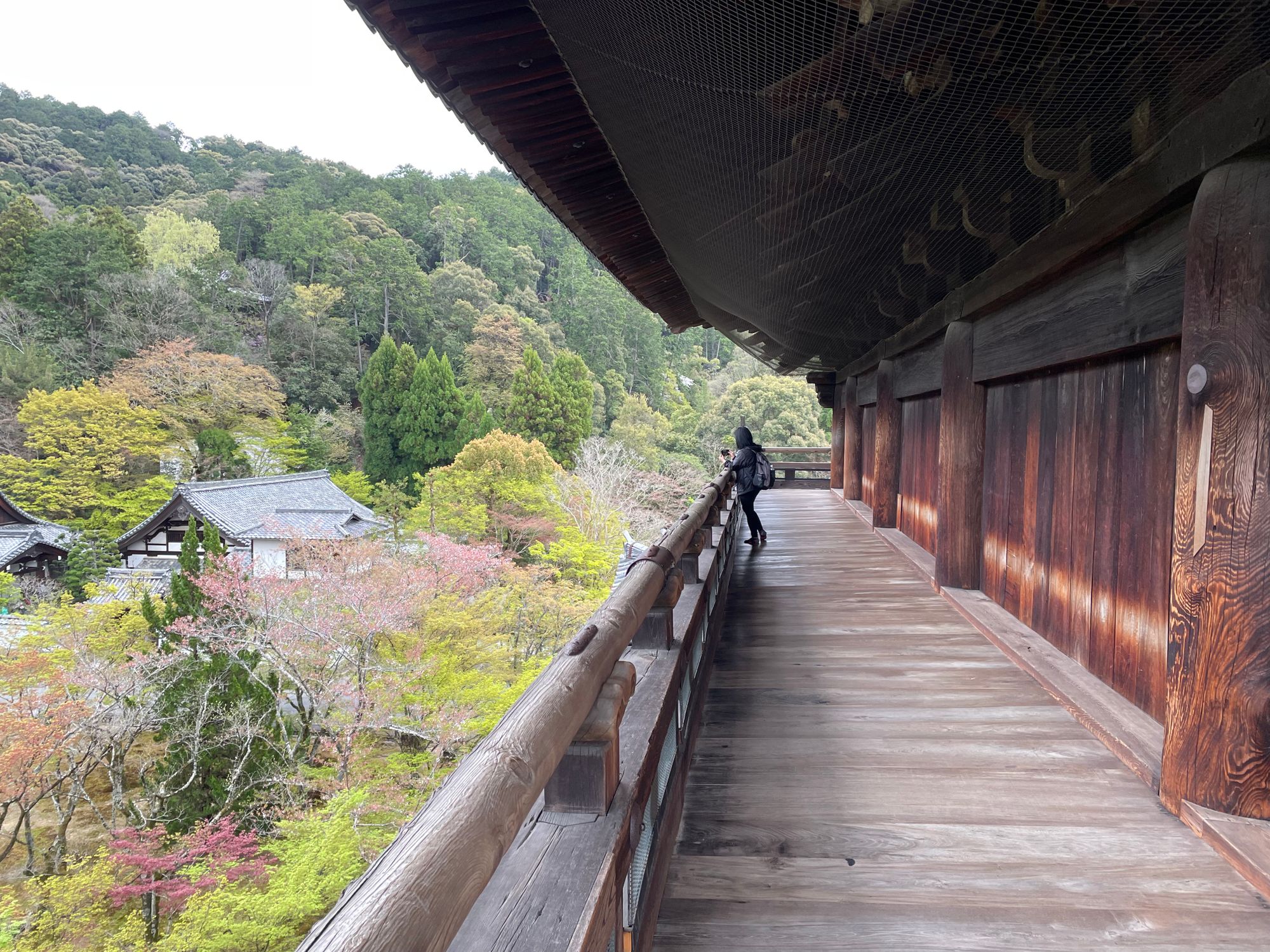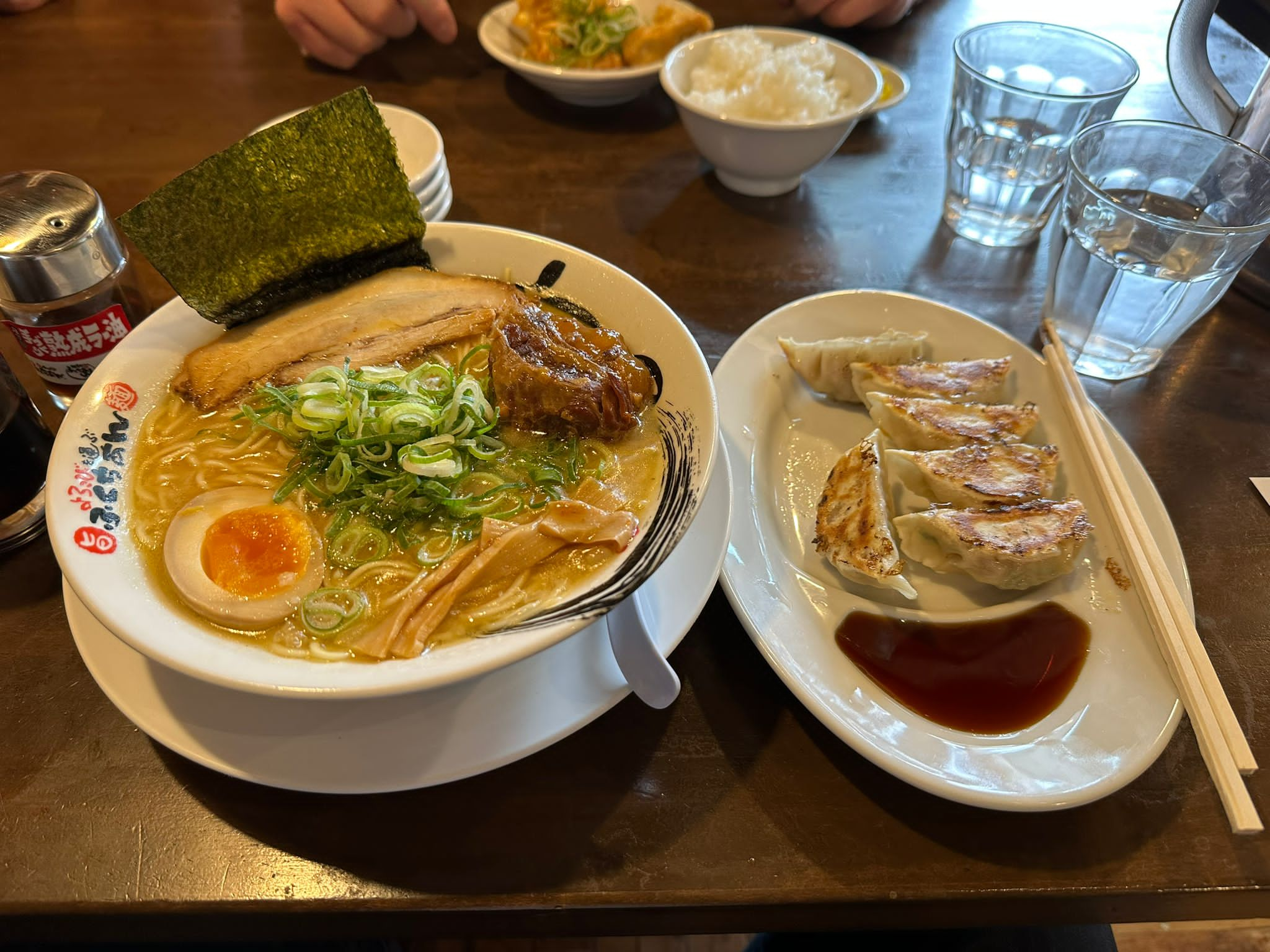After a long 14-hour flight from Heathrow to Tokyo, with a transfer to Kansai and an 8-hour time difference thrown into the mix, I finally arrived in Kyoto in the late afternoon. There was quite a wait for my transfer to Kansai, but I wouldn’t have missed that flight for the world due to the amazing view I encountered of Mt Fuji from my plane window – it was as if I was flying just over the top of the mountain. I was exhausted when I eventually arrived at my hotel in Kyoto, and I literally jumped straight into the shower and then into my bed! I was actually supposed to be going to the theatre on my first evening to see the Geisha Dances Miyako Odori, but unfortunately due to changes in the flight times I arrived too late and missed it – disappointing, but would I really have managed to stay awake?
Kyoto is full of everything that you would probably associate with Japan: temples, palaces, shrines, great cuisine, bamboo, and lively festivals. This incredible place also has 17 UNESCO World Heritage Sites and is situated in a flat plateau surrounded by mountains on three sides.
So, my first proper day in Kyoto was a day with my own personal Japanese guide, Kazuyo, who was born in Osaka and has lived in the Kansai region all her life. We met up in the hotel lobby and then set off for our day’s adventure where I was taken to some of the famous temples and gardens of Kyoto. The weather was good, and my first stop involved a short trip on the subway, and a few tips on how to use it; luckily, I had an IC card included in my trip. The IC card had a small number of Yen on it to start me off, but then I had to top it up several times throughout my stay in Japan. Topping up your IC card is easy to do, as there are ticket machines in all the stations and you simply put your card in the machine, decide how much money you want to put on it, and then put the notes into the machine and your card will pop back up all topped up for you – and you can also put your card into a machine at any time if you need to check the balance.
We soon arrived at Kinkakujicho in northern Kyoto, which is home to a beautiful Zen temple that is completely covered in gold leaf. This temple has several different styles of architecture and was the retirement villa of shogun Ashikaga Yoshimitsu. After his death, it became the Zen temple of the Rinzai sect. This rather impressive temple was apparently burned down and rebuilt several times, with the present structure being rebuilt in 1955. It has a lovely location with a backdrop of trees and overlooking a large pond that houses koi carp. The gardens around the temple are also beautiful with an array of flowers, shrubs, and a small waterfall – and April still being the famous blossom season, plenty of blossom trees were in full bloom. There are also a few souvenir shops and places to sample local cuisine.
My next stop was Nijo Castle which was built in 1603 and was the Kyoto residence of the first shogun of the Edo Period, Tokugawa Ieyasu. The castle was later extended and used for a time as an imperial palace before eventually being donated to the city and opened as an historic site. The castle is now a UNESCO World Heritage Site and is surrounded by stone walls and moats.
It was then time for a short break for lunch, where I was taken to an authentic little Japanese restaurant where I could reflect on the morning’s excursion. Here I sampled a few local dishes and managed well with my chopsticks! One thing I soon noticed about Japan is that it is not quite as cashless as I had expected, and places like gardens, temples, and some shops and eating establishments accept cash only – so if you decide to take a trip to Japan, make sure you bring plenty of cash with you. And all the temples require you to take off your shoes before entering, so try to bring comfortable and easy-to-take-off footwear so that you don’t feel as if you took as long as I did to keep unfastening and fastening your laces!
My last temple and garden trip of the day was to Nanzenji temple which is one of the most important Zen temples in Japan and lies at the base of the forested Higashiyama mountains. The temple gate is the most impressive part of this temple and is extremely grand, rising into the treetops. I also had chance to climb up to the balcony at the top of the gate which goes all the way around the gate and offers great views of the city – a warning, though, that these steps were extremely steep and would not be good for anyone with disabilities.
The temple grounds are also home to the famous and unique rock garden that is known as the crane and turtle garden where the rocks are said to resemble these creatures – I could see some resemblance. Japanese gardens often have symbols, and this tidy and unique garden has an unusual display of rocks in front of an array of shrubs and trees. The crane and turtle are both creatures that are symbols of longevity: the Japanese crane is said to live for 1000 years, and the turtle is said to have a lifespan of 10,000 years!
I was exhausted after my first, and rather busy, day in Japan, so it was back on the subway and then back to my hotel for a bit of a break before heading out again to get something to eat. I must have walked miles that day and I ended up falling asleep and didn’t wake up until later in the evening. However, I was already looking forward to the following day and all that it had in store for me…
